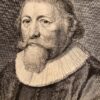Cornelis Galle I (1576-1650), after Peter Paul Rubens (1577-1640), after Abraham Janssens (c.1575-1632)
[Antique portrait print, engraving, 1632] Portrait of Flemish scholar Justus Lipsius (Portret van Justus Lipsius), published 1632, 1 p.
Portrait of Justus Lipsius (1547-1606), bust directed to the right, within an elaborate frame; on the right the serpent winding round the cornucopia symbolises Prudence, while the scroll on the other side symbolises Doctrine and is lettered with the titles of Lipsius’s major works; above is Mercury’s winged hat. Frontispiece to Lipsius’s edition of Seneca’s works “L. Annæi Senecæ Opera” (Antwerp: 1615, 1st edition). This impression was included in the third edition from 1632.
After a drawing by Rubens at the British Museum (inv. 1891,0511.31). The preparatory drawing depicts the Flemish scholar Justus Lipsius and was for inclusion in the volume of Seneca’s works that was published in 1615 by the Plantin Press in Antwerp. Rubens’ depiction of Lipisus was produced by working from a painting by Abraham Janssens which explains for the rather static character. The portrait was drawn first and then Rubens drew in the foliate frame which is rich with emblematic meaning and incorporates a wreath, cornucopia, a winged hat of Mercury, the sun and two lamps. Subsequent touches were added to the face of Lipsius in pen and ink. The design was subsequently engraved by Cornelis Galle I.
Entry from J. Rowlands, ‘Rubens: Drawings and Sketches’, exhibition catalogue, London, British Museum, 1977:
Lettered on the plinth with Lipsius’s motto: MORIBVS ANTIQVIS. Lettered in Latin below in a cartouche with an allusion to Timanthes, in two lines: LIPSIADÆ, velum est Timantis, imago. videri / Sol quoque sub picea non nisi nube potest. / Henr. d’Oultremannus. Lettered with production detail, in lower right corner: Corn. Galle sculp..
[NL] Antieke prent. Portret van de auteur en Belgische geleerde Justus Lipsius, in een ovale omlijsting met vruchten, slangen en fakkels. Aan weerszijden staan twee olielampjes op een sokkel met het opschrift: Moribus antiquis. Onder de voorstelling een cartouche met een Latijns vers van Oultreman. Justus Lipsius, eigenlijk Jodocus Lips, was een Zuid-Nederlandse humanist, filoloog en historiograaf. Lipsius studeerde aan de katholieke Universiteit Leuven en doceerde in het lutherse Jena en in het calvinistische Leiden. Auteursportret voor: L. Annaeus Seneca (ed. J. Lipsius). Opera quae extant omnia. Antwerpen, ex officina Plantiniana, (meerdere edities; voor het eerst uitgegeven in 1615, voor het laatst gebruikt in de editie 1652).
Het hoofdgebouw van de faculteit Geesteswetenschappen (tot dec. 2008 faculteit Letteren) van de Universiteit Leiden is vernoemd naar Lipsius, net als de studievereniging van de master Encyclopedie en Filosofie van het Recht te Leiden en het gebouw waarin de Raad van de Europese Unie is ondergebracht. Dit ” Justus Lipsiusgebouw” ligt in het hart van de Europese wijk rond het Brusselse Schumanplein.
SKU: PR121217
Engraving on paper, text in letterpress on verso, pasted down on another sheet of laid paper, cut on plate; total: 295 x 193 mm; some rubbing and discolouration, traces of folding on the top right corner, in the middle, and on the bottom corners; otherwise in good condition. Hollstein 177; Schneevoogt 183.255; Muller 3248; van Someren M.3248; Corpus Rubenianum XXI 30.
€ 242,00(€ 200,00
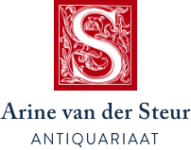
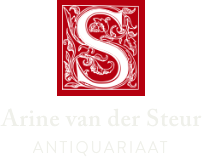
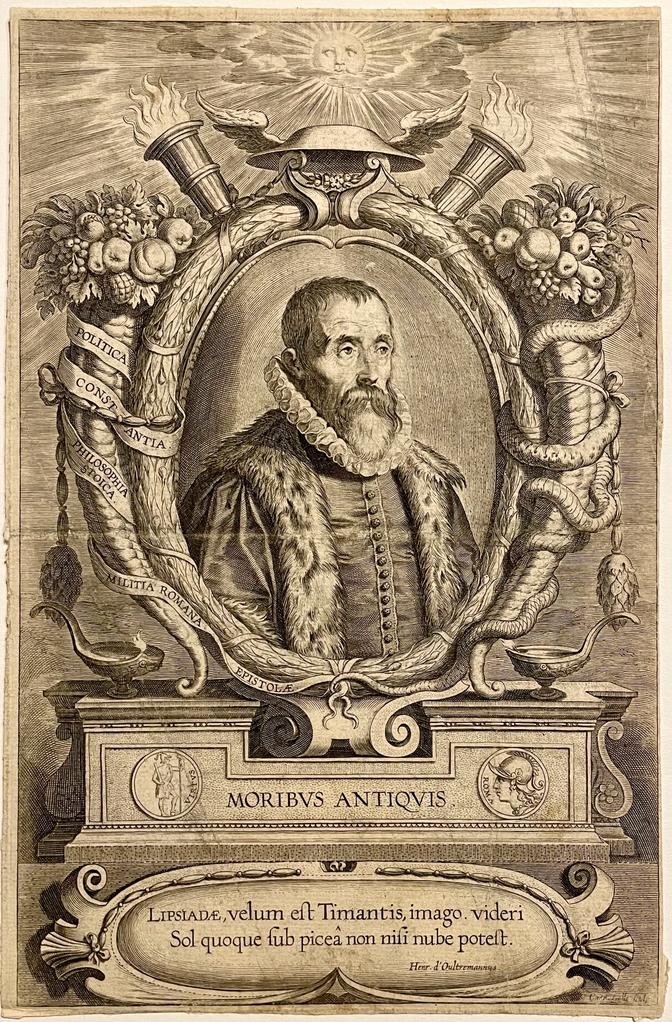
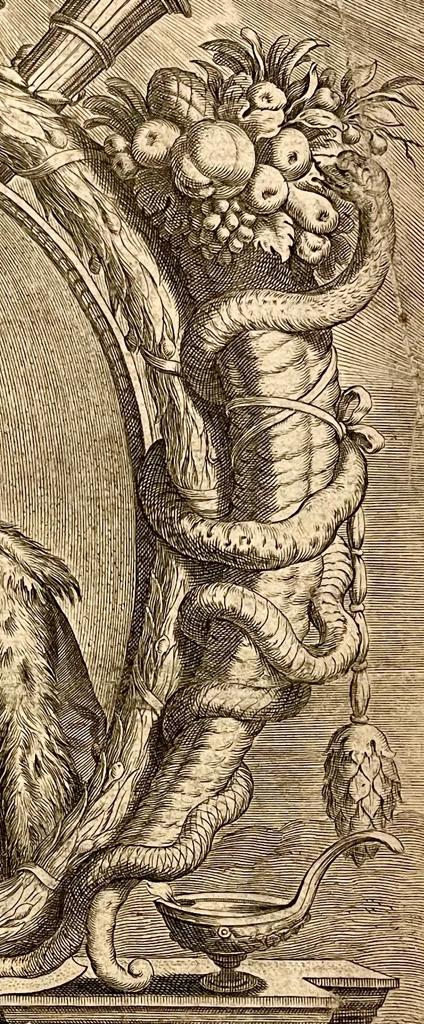
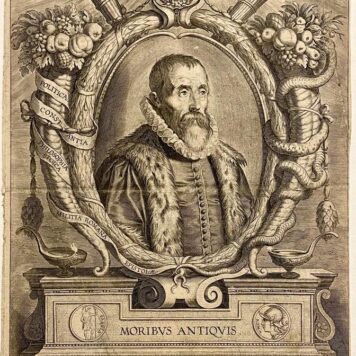

![[Antique engraving, published 1610] Portrait print of artist Frans Pourbus, 1 p.](https://arinevandersteur.nl/wp-content/uploads/WhatsApp-Image-2022-10-10-at-4.41.07-PM-3-356x356.jpeg)
![[Antique engraving, published 1610] Portrait print of artist Frans Pourbus, 1 p.](https://arinevandersteur.nl/wp-content/uploads/WhatsApp-Image-2022-10-10-at-4.41.07-PM-4-356x356.jpeg)
![[Antique print, engraving, 1618] Portrait of calligrapher Maria Strick, published 1618, 1 p.](https://arinevandersteur.nl/wp-content/uploads/60047_1_2-356x356.jpg)
![[Antique print, etching and engraving] [16] Joos van Cleve (Pictorum aliquot celebrium, præcipué Germaniæ Inferioris, effigies; series title), published 1610, 1 p.](https://arinevandersteur.nl/wp-content/uploads/60087_1_1-356x356.jpg)
![[Antique print, portrait print, engraving, 1680] Portretprent van Nederlandse diplomaat Willem van Haren, 1 p.](https://arinevandersteur.nl/wp-content/uploads/WhatsApp-Image-2022-08-25-at-12.20.48-PM-356x356.jpeg)
